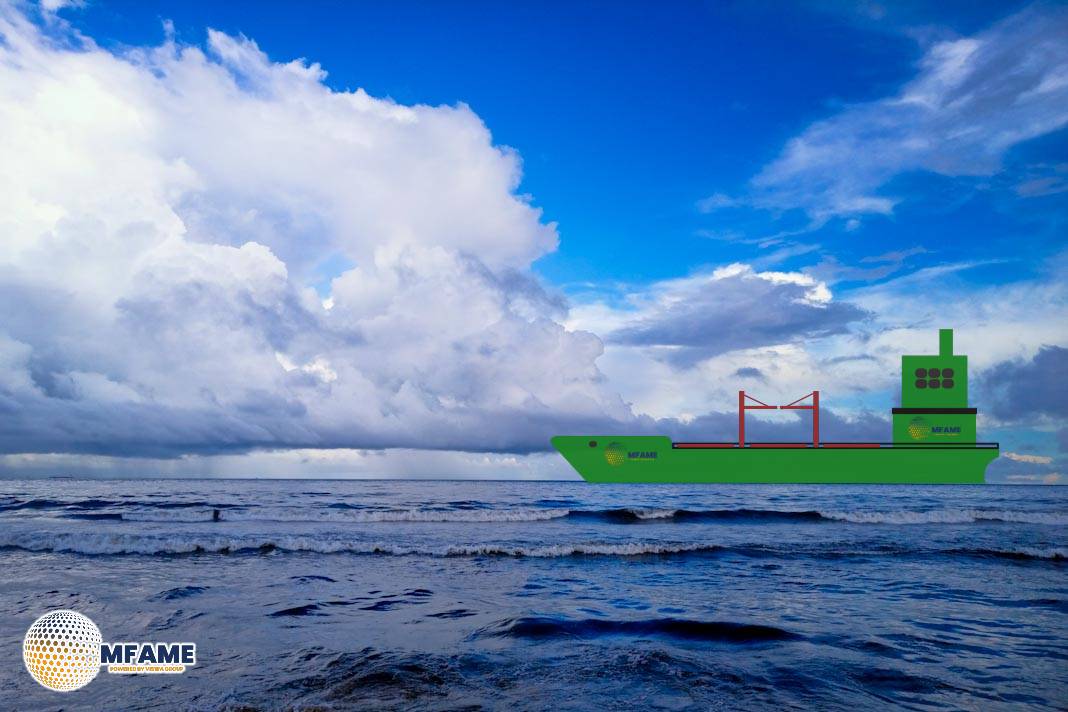The Maritime and Coastguard Agency (MCA) has issued a safety spotlight warning following several serious incidents involving collisions and groundings. These accidents, some resulting in fatalities and life-altering injuries, have been attributed to poor bridge watchkeeping and the failure to maintain a proper lookout.
Navigation, though supported by advanced systems, ultimately depends on qualified, alert personnel on the bridge. Fatigue, inattention, or impairment can have fatal consequences.
Technology Is an Aid—Not a Substitute
Modern bridge equipment such as radar systems, ECDIS, and the Bridge Navigational Watch Alarm System (BNWAS) can significantly enhance navigational safety—but only when used correctly. Alarms such as Closest Point of Approach (CPA) and danger zone alerts must be set thoughtfully. These technologies are intended to support situational awareness, not replace the requirement for continuous and vigilant human watchkeeping.
Common Failures Leading to Collisions
The MCA highlighted several recurring failings contributing to recent maritime incidents:
- Distraction from mobile phones, tablets, or unrelated duties
- Insufficient bridge personnel during critical watch periods
- Improper use, muting, or ignoring of navigational equipment and alarms
- Watchkeepers being fatigued or under the influence of alcohol or drugs
Such lapses directly compromise the safety of vessels, crew, and passengers.
Legal Standards and Watchkeeping Regulations
Seafarers are reminded of their obligations under multiple legal frameworks, including:
- The STCW Convention, requiring certified competence and uninterrupted bridge watchkeeping by qualified personnel
- The COLREGs (1972), which mandate that a proper lookout be maintained using sight, hearing, and all available means
- The Railways and Transport Safety Act 2003, which prohibits alcohol or drug impairment during duties
- ILO Work in Fishing Convention and related working time regulations, which establish minimum rest periods and duty limits
Watch arrangements must comply with all these standards to ensure safe navigation and vessel operation.
Case Studies: When Things Go Wrong
Three recent MCA investigations underscore the human cost of poor watchkeeping:
- Case 1: A collision involving a UK-flagged vessel and another ship led to two deaths. The investigation found the watchkeeper was distracted by a tablet and had consumed alcohol prior to duty.
- Case 2: A vessel grounded on rocks, causing serious injuries to multiple people. The incident stemmed from a failure to maintain a proper lookout.
- Case 3: A fishing vessel struck an anchored ship after the watchkeeper fell asleep. The skipper was later convicted.
Each case demonstrates preventable errors and the importance of strict adherence to navigational responsibilities.
Actions Required by Seafarers and Companies
To prevent future incidents, all crew and operating companies must:
- Reassess their Safety Management Systems (SMS) to ensure proper guidance is given for watchkeeping
- Avoid distractions and ensure dedicated lookouts, especially in poor visibility or during night hours
- Ensure accurate recording of work and rest hours to prevent fatigue
- Support Masters in enforcing crew limits on working time and in applying disciplinary procedures where necessary
Operators must also ensure that alcohol and drug policies are understood and enforced consistently across all vessels.
Prevention Through Vigilance
The MCA’s safety bulletin serves as a stark reminder that despite technological advances, the safety of ships still relies on disciplined human oversight. By reinforcing watchkeeping standards and reducing distractions and fatigue, maritime professionals can prevent collisions, protect lives, and uphold the highest standards of bridge safety.
Did you subscribe to our daily Newsletter?
It’s Free Click here to Subscribe!
Source: Maritime and Coastguard Agency

















